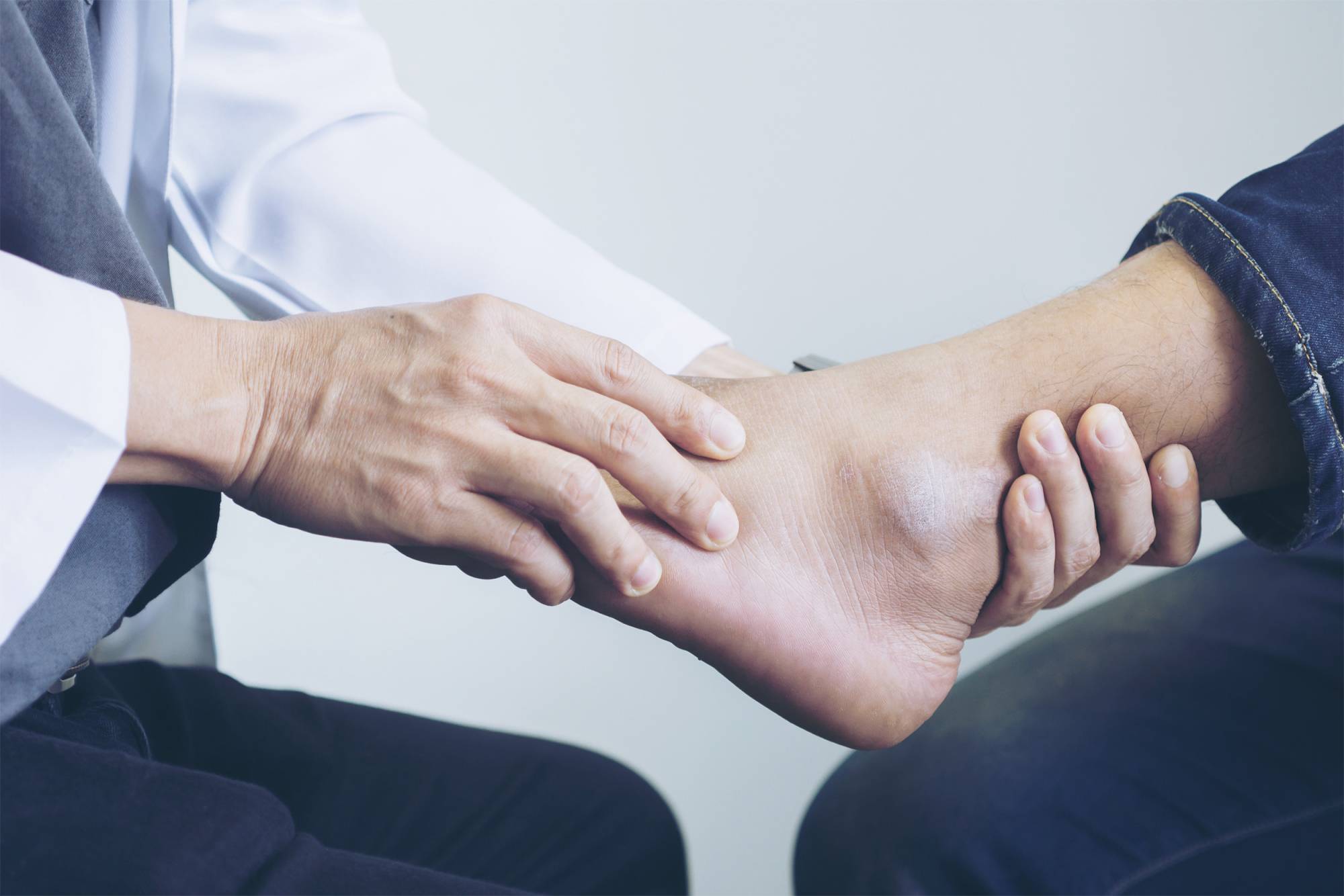Authors: Karin Grävare Silbernagel, PhD, PT, ATC; Shawn Hanlon, MS, ATC, CSCS; Andrew Sprague, DPT, MS, PT
Published in: Journal of Athletic Training, 2020, Volume 55, Issue 5, Pages 438–447.
Introduction
Achilles tendinopathy is a common and painful overuse injury, particularly among athletes involved in running and jumping sports. The injury is characterized by pain, structural alterations in the tendon, and reduced lower extremity function. A comprehensive treatment plan focusing on progressive tendon loading is essential for recovery and minimizing reinjury risk.
Key Points
- Achilles tendinopathy is diagnosed through localized tendon pain, swelling, and pain during activities.
- Exercise that provides mechanical loading to the Achilles tendon has the highest evidence level for treatment.
- Full symptom recovery does not guarantee full functional recovery or restoration of tendon structure.
- Early recognition and treatment of minor symptoms with load control is crucial for prevention.
Clinical Presentation
Achilles tendinopathy typically presents with localized pain and swelling in the Achilles tendon, accompanied by a loss of function. The injury can be categorized into three types based on pain location:
- Insertional tendinopathy (20%–25%)
- Midportion tendinopathy (55%–65%)
- Proximal musculotendinous junction injuries (9%–25%)
Tendinopathy is considered a result of degeneration or failed healing due to continuous overload without proper recovery, leading to structural changes such as increased thickness and altered tendon properties.
Injury Mechanism and Risk Factors
The Achilles tendon is mechanoresponsive, adapting to the load demands placed on it. The primary cause of Achilles tendinopathy in athletes is excessive loading with insufficient recovery time. Risk factors include both intrinsic (e.g., decreased plantar-flexor strength, abnormal ankle dorsiflexion) and extrinsic factors (e.g., footwear, sudden changes in training intensity).
Symptoms and Diagnosis
Symptoms: Pain, morning stiffness, pain with activity, and reduced function. Diagnosis is typically made based on pain with palpation and specific tests such as the arc sign and Royal London Hospital test.
Assessment: Recovery can take a year or more, and assessment should include patient-reported outcomes, function, tendon structure, and psychological factors.
Treatment
Exercise rehabilitation is the cornerstone of treatment, with a focus on progressive loading of the tendon. The rehabilitation process is divided into four phases:
- Symptom management and load reduction
- Recovery phase
- Rebuilding phase
- Return-to-sport phase
Patient education and a structured return-to-sport program are critical for preventing reinjury.
Prevention
Effective prevention involves early detection of symptoms and load management. Monitoring training loads, addressing early signs like morning stiffness, and ensuring proper recovery can help prevent the progression of Achilles tendinopathy.
Conclusion
Achilles tendinopathy requires a comprehensive approach to evaluation and treatment, focusing on progressive tendon loading, patient education, and injury prevention. Full recovery involves not only the resolution of symptoms but also the restoration of tendon structure and function.

 Prendre rendez-vous
Prendre rendez-vous

